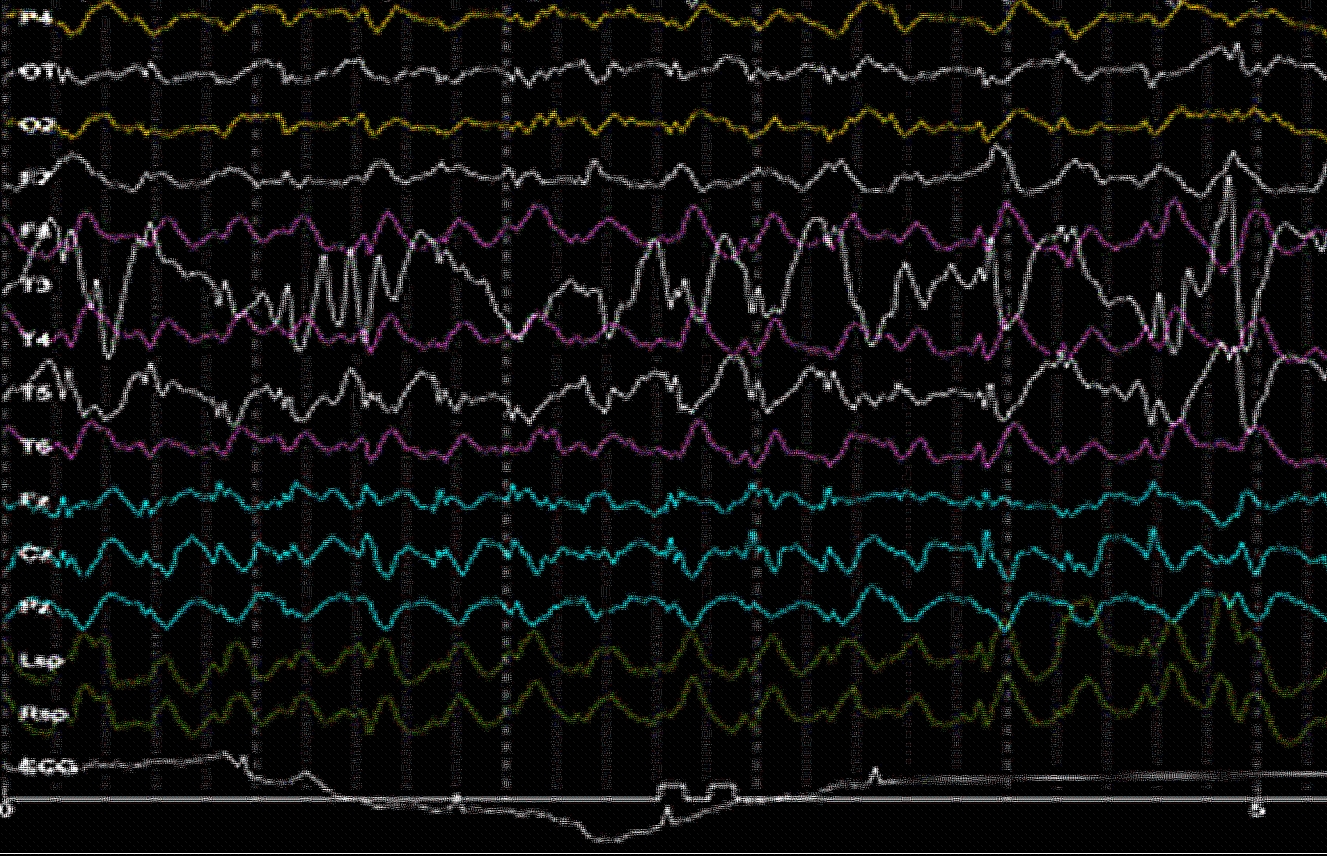- HOME
- NEWS
- RCAST Report
- Advancing Automated Seizure Detection Using Artificial Neural Networks
Advancing Automated Seizure Detection Using Artificial Neural Networks
- Research News
February 8, 2019

- EEG (electroencephalography) plots
A new deep learning program that can detect epileptic seizures in brain activity readouts, known as EEG plots, has been successfully developed. This application will significantly reduce diagnosis time and improve patient care.
EEG has been pivotal for diagnosing patients with epilepsy since the 1930s. The development of digital EEG monitoring systems has enabled long-term video-EEG monitoring as routine clinical care for classifying epilepsy and determining therapeutic strategies. Epileptologists can detect seizures directly by visually analyzing EEG plot images, however, this is very time-consuming and requires significant experience.
Now, researchers from The University of Tokyo and their collaborators have developed an artificial visual recognition-based program that exhibits increased accuracy and efficiency in comparison with currently available detection software. This new method has the potential to support clinicians in patient diagnosis and hence improve patient care.
In their study recently published in NeuroImage: Clinical, the researchers applied CNN, a class of deep artificial neural networks, for the analysis of EEG plots that included epileptic seizure states. At least two expert epileptologists identified seizures and categorized seizure onset patterns in long-term EEG data obtained from 24 patients. This information was used to teach the CNN program what seizure patterns look like. The CNN models then successfully labeled the EEG patterns as seizure or non-seizure.
“After exploring different approaches, we found that successful seizure identification depends on the similarity of seizure patterns between the training dataset and the test data” says first author Ali Emami “Thus, using a large amount of data containing a wide variety of seizure patterns for training CNN models improves EEG image-based diagnosis systems.”
Compared with commercially available seizure detection software such as BESA and Persyst, this novel artificial visual recognition method achieved a significantly higher true positive rate of seizure or non-seizure labeling, making it a more attractive method for clinical and research use.
The main advantage of CNN is that retraining the system with new data led to improved performance, hence it can be increasingly optimized over time. In addition, the false alarm rate of the CNN-based analysis was within an acceptable level for clinical practice.
“This is the first comprehensive automated evaluation of EEG plot images using CNN,” says corresponding author Hirokazu Takahashi. “We believe that this novel system will open a new therapeutic avenue for future epilepsy treatments, such as on-demand neurostimulation and drug delivery.”
###
Journal Article
Ali Emami, Naoto Kunii, Takeshi Matsuo, Takashi Shinozaki, Kensuke Kawai, and Hirokazu Takahashi
Seizure detection by convolutional neural network-based analysis of scalp electroencephalography plot image, NeuroImage.
DOI:
https://doi.org/10.1016/j.nicl.2019.101684
Research Contact
Hirokazu Takahashi, Associate Professor
Intelligent Cooperative Systems
http://www.brain.rcast.u-tokyo.ac.jp/~takahashi/index-e.html

